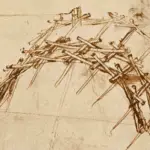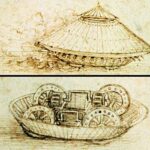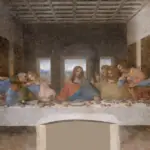Leonardo da Vinci Leda and the Swan
Title: Leda and the Swan
Year: 1505-1510
Size: 69.5 x 73.7 cm
Medium: Oil on panel
Location: Wilton House, Salisbury, UK
In The Leda and the Swan painting, the naked woman who is Leda looks down compassionately on her babies, while the curves of her body contrast with the sinuous lines of the swan, its head resting on her shoulder. The artwork is also metaphorical; the branch of white blossom in Leda’s hand represents purity. Her slightly awkward attitude, with the infants on one side and the swan on the other, implies that she is torn between the human world and the magical event that has just occurred to her.
The setting is naturalistic, in contrast to the mythological quality of the plot. A granite block with carvings may be seen over Leda’s left shoulder. A little medieval village can be seen above her right shoulder. The sky above and the ground below are both realistic. This realism is explained by Leonardo’s evolution as an artist. Leonardo was preoccupied with the idea of Leda while working on the Mona Lisa, and while in Milan, he drew numerous sketches of the swans in the moat around the Castello. Cassiano del Pozzo described the painting in 1625; at the time, it was in the royal collection in Fontainebleau.
Leda and Zeus
The Leda with the Swan painting by Leonardo da Vinci depicts the Greek story of Leda, the daughter of King Aetolia. When Zeus, King of the Gods, saw Leda, he was so taken with her beauty that he transformed into a swan and married her. Leda gave birth to two eggs, each of which birthed twins.
It has been suggested that Leonardo’s Chatsworth drawing for Leda and the Swan was influenced by the Laocoön Group, an antique sculpture found in 1506: The subject’s body has a similar twist; the curve of the swan’s neck recalls the snake’s lithe form in Laocoön’s palm; Zeus’ rape recalls the serpents’ aggressive attack; and The infant next to Leda’s knee resembles Laocoön’s son on the right, who likewise has a sheer break at the wrist.
Leda and the Swan analysis
Many artists have attempted to depict Leda and the Swan throughout history. Artists such as Correggio, Michelangelo, and Paul Cezanne have created interpretations of the story.
Leonardo’s original painting has been lost; it was purportedly seen in Fontainebleau in 1625 and was described as being in horrible condition, having been done on three large panels that had split and fallen apart. Some academics question whether Leonardo actually finished the picture; we only know it from many replicas made by Leonardo’s pupils and from the master’s preliminary drawings.
Leda Greek Mythology
Since the classical period, this Greek myth has influenced artists. The connection between Leda and Zeus is depicted in a variety of ways, including violent and seductive. The majority of the artwork concentrates on the story’s enticing component.
The majority of the artworks depict specific themes that depict various aspects of the myth of Leda and the Swan. The setting of the story, the facial emotions of persons depicted in the painting, and the clothing objects depicted in the painting, as well as their color.
Many painters throughout history have explored the subject of Leda and the Swan. Among the painters who have created interpretations of the story are Correggio, Michelangelo, and Paul Cezanne.
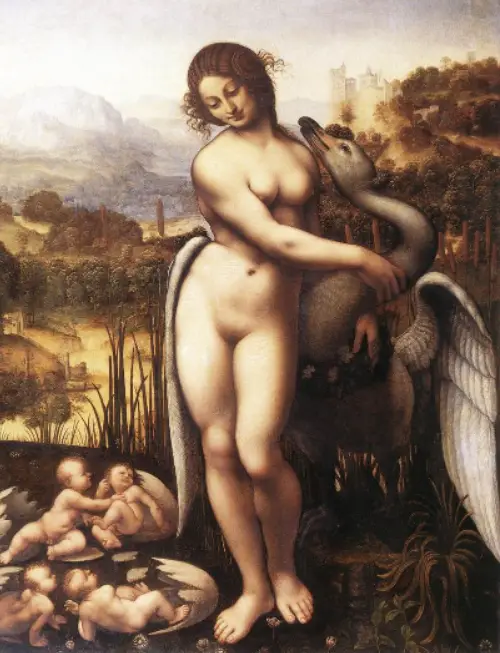
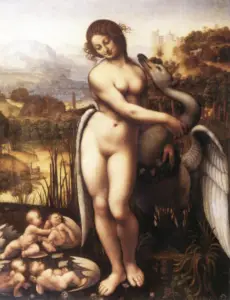
 I’m Leonardo Bianchi, the mind behind Leonardo da Vinci's Inventions. Thanks for visiting.
I’m Leonardo Bianchi, the mind behind Leonardo da Vinci's Inventions. Thanks for visiting. 